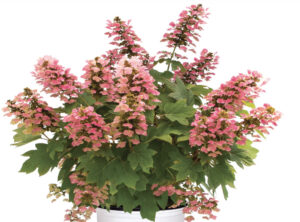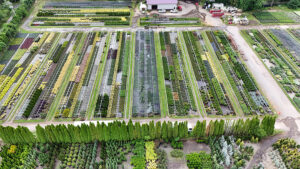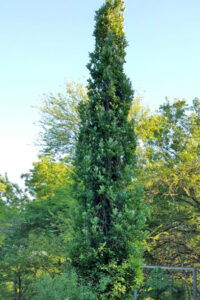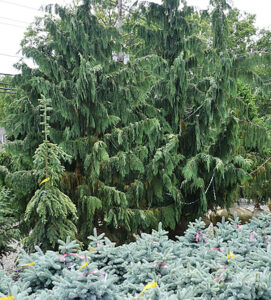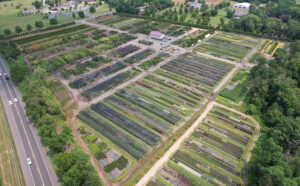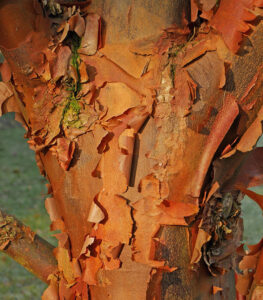
Weeping Alaskan Cedar
Chamaecyparis nootkatensis ‘Pendula’
Weeping Alaskan Cedar is a Plant We Love at LP Statile Wholesale Nursery. This member of the cedar family has a distinct weeping branch habit that makes it a reliable and beautiful weeping evergreen tree.
Weeping Alaskan Cedar grows up to 25′ tall but only 12-15 feet wide. The shape is pyramidal, foliage color is a medium green. The plant grows reasonably fast and is typically care free. They prefer full sun but can tolerate a half day of sun.
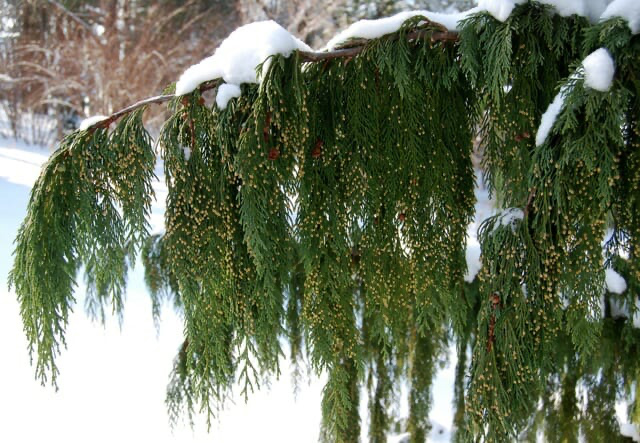
More About Weeping Alaskan Cedar – this unique weeping evergreen tree has a number of uses in the landscape. They are great Specimens – they can stand alone in virtually any environment. Weeping Alaskan Cedar will work as a corner piece in front of the house if placed 10-12 feet from the edge of the house (10-12 feet from the house allows the plant to grow 15 feet wide and still not touch the house).
Chamaecyparis nootkatensis ‘Pendula’ excels as a specimen plant alone in the yard, near the pool, and as a screening plant.
At LP Statile we sell wholesale Chamaecyparis nootkatensis ‘Pendula’ (Weeping Alaskan Cedars throughout the year. We typically have this evergreen tree in 3 or more sizes including 6-7′, 7-8′ and 8-10′.



